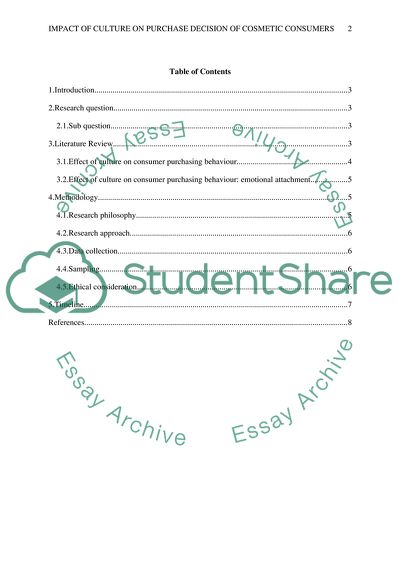Cite this document
(Impact of Culture on Purchase Decision of Cosmetic Consumers Research Proposal, n.d.)
Impact of Culture on Purchase Decision of Cosmetic Consumers Research Proposal. Retrieved from https://studentshare.org/marketing/1675985-research-proposal-about-cosmetics
Impact of Culture on Purchase Decision of Cosmetic Consumers Research Proposal. Retrieved from https://studentshare.org/marketing/1675985-research-proposal-about-cosmetics
(Impact of Culture on Purchase Decision of Cosmetic Consumers Research Proposal)
Impact of Culture on Purchase Decision of Cosmetic Consumers Research Proposal. https://studentshare.org/marketing/1675985-research-proposal-about-cosmetics.
Impact of Culture on Purchase Decision of Cosmetic Consumers Research Proposal. https://studentshare.org/marketing/1675985-research-proposal-about-cosmetics.
“Impact of Culture on Purchase Decision of Cosmetic Consumers Research Proposal”, n.d. https://studentshare.org/marketing/1675985-research-proposal-about-cosmetics.


